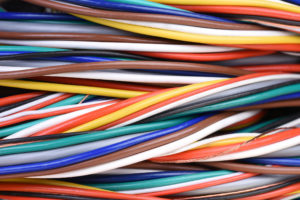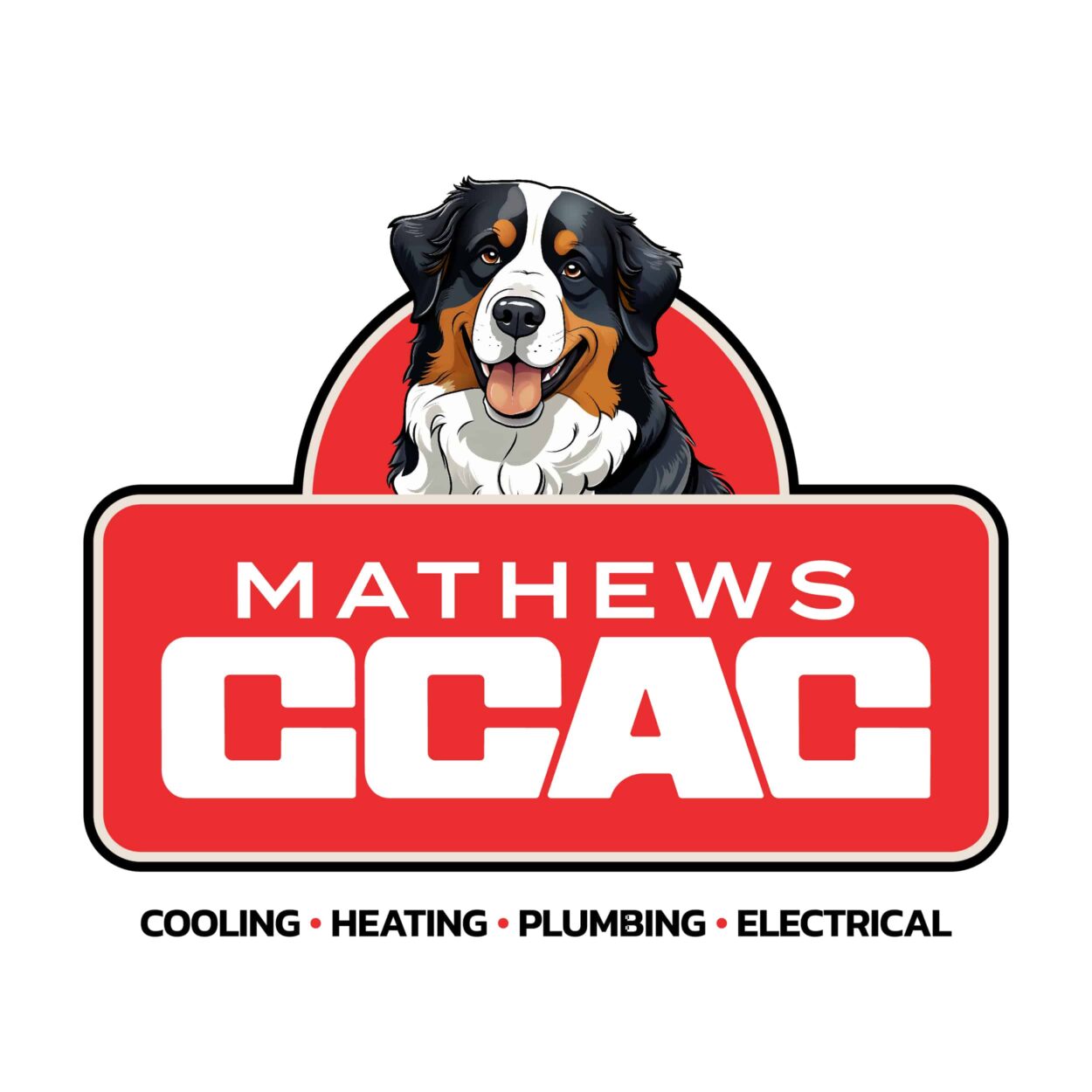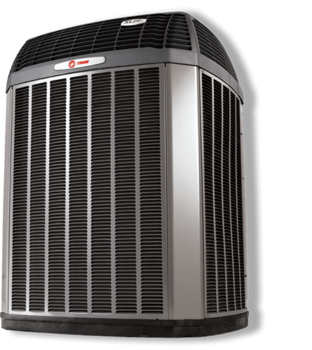 Does your HVAC system include a c-wire? If you’re planning on upgrading to a newer, smarter thermostat, it’s a good thing to know.
Does your HVAC system include a c-wire? If you’re planning on upgrading to a newer, smarter thermostat, it’s a good thing to know.
While older thermostats typically have minimal power requirements—batteries handle most of it—new smart thermostats require a continuous source of 24 volt electricity from the system. It’s necessary to power the kind of convenience and efficiency advantages provided by these new, improved units such as wi-fi connectivity and large, bright multifunctional displays. To access this voltage, a c-wire (short for “common wire”) is necessary.
Checking For The Wire
Some homes come pre-wired with the HVAC common wire. If yours isn’t, installation of the wire will be required in order to accommodate the new thermostat. Here’s one good way to tell:
-
- Remove the existing thermostat from it’s wall-mounted bracket. Usually, you’ll be able to see the wires that extend from inside the wall and are connected to terminals on the thermostat wall bracket.
- Count the wires connected to the terminals. If you count four, you probably lack the necessary c-wire and you’ll need to have one installed to power the new thermostat. If you count five wires, that usually means the common wire is already installed so you’re probably good to go with the new thermostat. (In some cases, that extra fifth wire may not be connected to a terminal but just hanging loose or folded up. That simply means your existing thermostat didn’t require a c-wire.)
- Note that wiring color isn’t a reliable way to determine if the common wire is present. There’s no dependably standard color for that wire.
What If You Need One?
If the common wire isn’t installed, a qualified HVAC contractor can do the job quickly. In most cases the wire will extend from the electronic control board in the furnace or AC to the thermostat in order to complete the continuous 24-volt circuit.
For more information about upgrading to a new thermostat and installing a c-wire if it’s necessary, contact the HVAC pros at CCAC.












